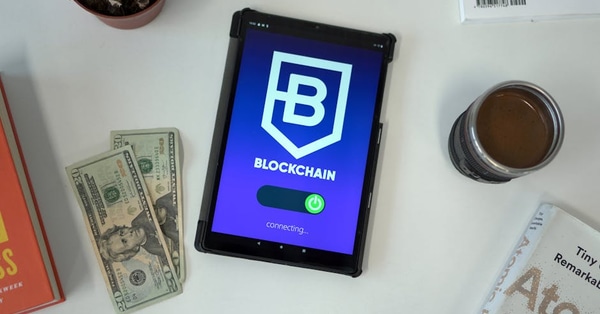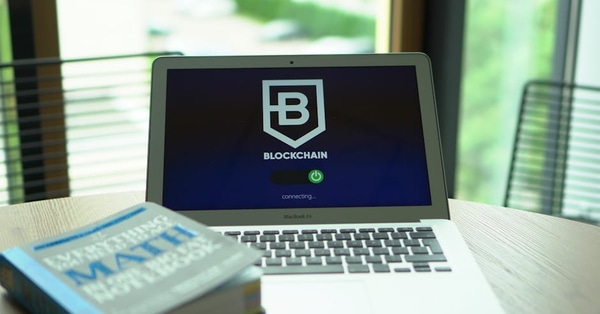Unlock Your Learning Potential: Master Note-Taking Skills
Struggling with note-taking? Discover how to tailor your methods to your unique learning style and boost your retention and understanding!
Imagine sitting in a lecture, surrounded by peers scribbling furiously in their notebooks while you struggle to capture the essence of the lecture. If you’ve ever felt like your note-taking methods weren’t serving you well, you’re not alone. Just like each student has their unique learning style—visual, auditory, or kinesthetic—tailoring your note-taking approach can significantly enhance your understanding and retention of information.
Let’s kick things off with a quick rundown of the three primary learning styles: visual, auditory, and kinesthetic. Each of us processes information differently, and recognizing how you learn best can make all the difference in your academic life.
Visual learners thrive on images, diagrams, and colors. Auditory learners grasp concepts through listening and speaking, while kinesthetic learners benefit from hands-on experiences. If you’ve ever felt like you couldn’t keep up in class, maybe it’s time to rethink your note-taking strategy.
Looking back, I remember sitting in my chemistry class, watching my classmates furiously jot down equations. I tried my best to mimic them, but my notes were a jumbled mess. It wasn’t until I started visualizing concepts through diagrams and color-coding that the light bulb clicked on for me. Tailoring my approach changed everything!
Alright, visual learners, this one's for you! If you can recall a diagram more easily than a paragraph, let’s get creative with your note-taking. Methods like mind mapping or the Cornell method can work wonders, allowing your brain to visually organize information.

Here’s a tip: don’t shy away from incorporating colors, doodles, and even fun little diagrams. Use highlighters, sticky notes, or even digital tools to help your notes pop. For instance, I’ve found that creating a mind map while studying for exams not only makes information visually appealing but also connects disparate ideas in a way that simply writing them down doesn’t. [link: visual note-taking techniques]
Now, if you’re an auditory learner, you probably find yourself absorbing information better when you hear it. For you, techniques like recording lectures or verbally summarizing your notes can be quite effective. Ever tried discussing your notes with a friend? It’s a game-changer!
I recall a particularly dense economics lecture where I struggled to wrap my head around supply and demand curves. Instead of just writing notes, I recorded the lecture and then rewrote my notes while listening. It felt like I was having a conversation with the professor over coffee, and suddenly those terms lost their intimidating aura. Give it a shot—you might be surprised at how much you retain!
Alright, kinesthetic learners, let’s get moving! If you learn best by doing, it’s time to infuse some physical activity into your note-taking. Think role-playing or using gestures to reinforce concepts. Setting up flashcards can turn study time into a fun and interactive experience.
During my time working with kinesthetic learners, I noticed that they thrived on activities—like creating a physical representation of a concept or even acting it out. For example, one student turned chemical reactions into a mini-play, and it was incredible how well they absorbed the material while having a blast!
But wait! Why limit yourself to just one style? Often, we don’t fit neatly into one category. Some of us might find that a blended approach works best. Combining techniques to suit your hybrid learning style can be incredibly beneficial.
📖 Read more:
learningI’ve personally found that as I evolved as a learner, so did my note-taking style. I utilized mind maps for visual stimulation but also recorded lectures for auditory reinforcement. The best part? Experimenting with different methods not only kept studying exciting but also clarified my understanding. So don’t be afraid to mix and match!
Ready to take your note-taking game to the next level? Here are some tools and apps that cater to different learning styles:

Also, consider checking out resources that delve deeper into learning styles and note-taking techniques. Create a personalized note-taking template that reflects your style—it’s more fun and, trust me, a lot more effective!
So here’s the takeaway: effective note-taking methods tailored to your individual learning style are incredibly important for maximizing understanding and retention. I encourage you to approach your studies with curiosity and flexibility. Don’t hesitate to adapt your methods as you discover what works best for you.
Remember, every learner is unique, and finding the right techniques can make all the difference in your educational journey. Embrace your learning style, and turn note-taking into an empowering tool for your success!
Tags:
Related Posts
Unlock Your Study Potential: Master Anki Flashcards for Med Exams
Ready to ace your medical exams? Discover how Anki flashcards transformed my study routine and can help you too! Let’s dive in together.
Master Note-Taking: Discover Your Unique Learning Style
Ever wonder why your notes don't stick? Learn how to tailor your note-taking to match your learning style for better retention and understanding.
Discover the Best Online Learning Platforms for 2024
Curious about the top online learning platforms for 2024? Let’s explore the best options to elevate your education journey this year!
Unlocking Language Fluency: Your At-Home Journey
Ready to chat like a local? Discover practical tips and strategies for mastering a new language from the comfort of your home. Let’s dive in together!
Unlock Your Learning Potential: Embrace Self-Paced Education
Discover how self-paced learning can transform your education journey and empower you to learn in a way that truly suits you. Dive in!
Top 5 Online Degrees for a Bright Future in 2024
Wondering which online degree will boost your career in 2024? Check out these top programs that promise a great ROI and fit into your busy life!